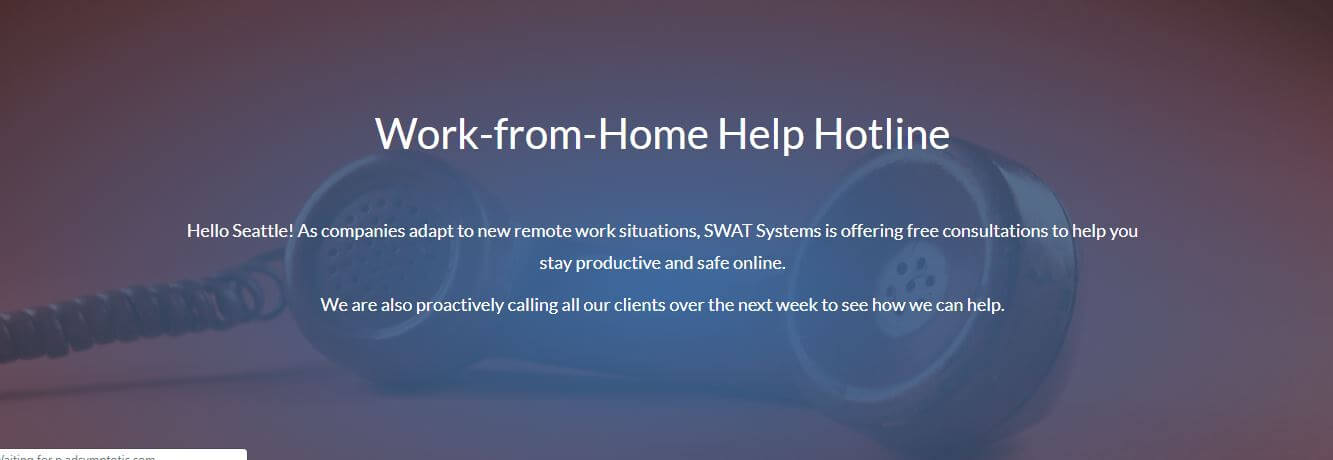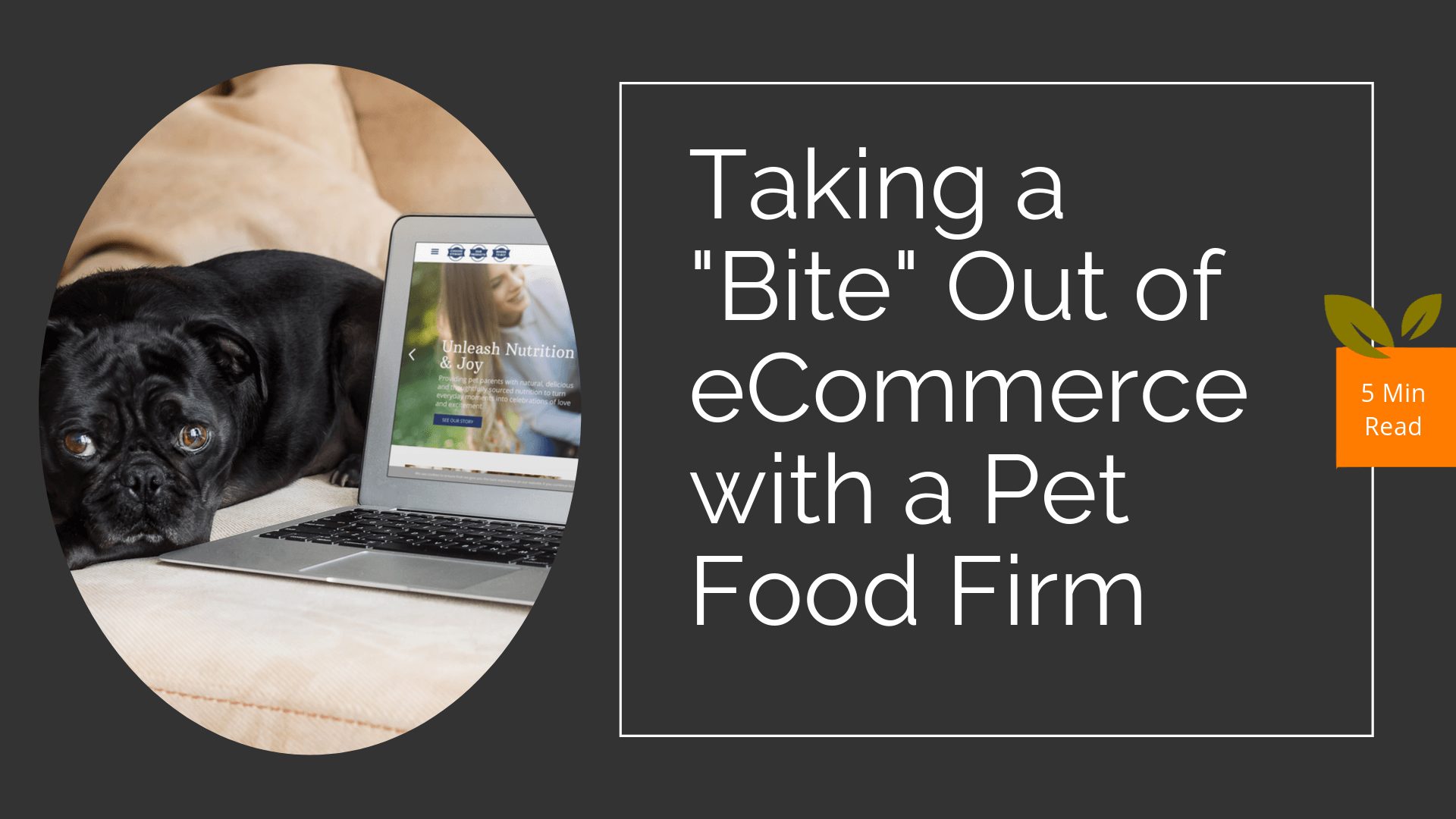Lean In: 8 Crisis Marketing Best Practices with the Coronavirus for 2020

8 Best Practices for Marketing Right Now in 2020
Right now, in terms of marketing, many of us are confused about what to say or do. We are rightfully afraid to say the wrong thing, go out with the wrong message or simply waste time. Currently, the reality is that people are isolated at home and some may be close to a state of panic. Many are figuring out how to manage kids at home and entertain them for hours on end. And unplanned time with kids at home (while you are TRYING to work) may produce new psychological stress, not to mention financial stress.
People may also be feeling bored, cut off and disrupted. Worst of all, thousands of people are being laid off or are finding their businesses no longer in business.
With all of this in mind, here are eight crisis marketing best practices with the Coronavirus to consider right now:
1. Lead the response for your team as the marketing professional on the team.
According to Forresters research, marketing teams should take the lead role in supporting their organization’s response. A well-crafted communication will go a long way to being respectful and necessary. For marketing internal teams, this means pulling a small leadership task force together to plan the response. For marketing firms, this means proactively reaching out to clients with ideas and first drafts of emails and overall two- to three-week plans.
2. Map out a short list of necessary and critical communications.
For good crisis communications, transparent and ongoing communications will need to be created and managed as situations change and develop. The communications task force should analyze the possible communications needed, create a short list and identify the most necessary to draft first.
3. Postpone ongoing newsletters.
Hold tight on your ongoing newsletter. Think hard: Do your customers need to hear from you this week? If you are in a field like IT services or financial services, they probably do. Think about what critical items need to be communicated. One BigOrange client undertook a proactive campaign to reach out to each and every client. That would be a good thing to communicate in a single-subject email written by the marketing team from leadership.
4. Spread the word if you can help in general on your website homepage.
If you offer a relevant service, let people know it’s still available and how they can get it. Local restaurants, for example, may provide curbside pick-up for to-go orders that minimize physical interaction. A landscaping firm may be doing extra training about safe distances. Let people know what measures you are taking.
5. Offer solutions in blog posts and share via posts and social.
Identify any needs your audience might currently have, dig in and do your research, then offer creative solutions, if possible. One IT services company is offering a free work from home helpline for companies right now. Also, if your services are not critical, save your post for another week. Consider instead slowing down and working ahead toward better days.
6. Exercise caution on social media.
Now, as always, be sure you’re only posting positive messages that pertain to your business. Activity on social media platforms right now is increased. Does the message you’re planning to post just add to the noise? When things settle down a bit, it would be a great time to use social media to offer kudos for your employees or the people in your community who have gone above and beyond to provide service to others. Right now, you can take notes of these actions and draft posts to send out later.
7. Breathe deep, be positive and focus on the big picture.
Remember that this situation affects your employees, their families and your family, too. Acting with compassion for individuals’ unique situations will build goodwill that your company can count on once we return to business as usual.
7. Lean in quietly and thoughtfully.
For businesses like IT services, builders and financial advisors, this is an excellent time to plan ahead for the rebound. For financial services companies, the uncertainty has made it clearer than ever that a financial advisor can help you “stay the course” and make wise, unemotional decisions. For builders, when things return to normal, the spring buying season will have pent-up demand. Will you be ready to capture it? It may be an excellent time to prepare to turn on paid boosting and Google Ads that you had previously only considered. For IT services companies, slow and steady communications to your core customers will help them feel taken care of and will build strong loyalty.
Crisis Marketing Best Practices With the Coronavirus: Resources
Forrester: Responding To Coronavirus: A Playbook For Marketing And Communications
https://go.forrester.com/blogs/responding-to-coronavirus-playbook-for-marketing-communications/
BusinessGrow.com: 7 Non-obvious coronavirus implications for marketing
Let us know what you are doing as a marketing professional.
We hope that by reading these crisis marketing best practices with the Coronavirus you can get business up and running again. If you would like to talk about getting more marketing support, book an appointment for a free and non-salesy marketing strategy consultation via phone.
What did you think of this post?







